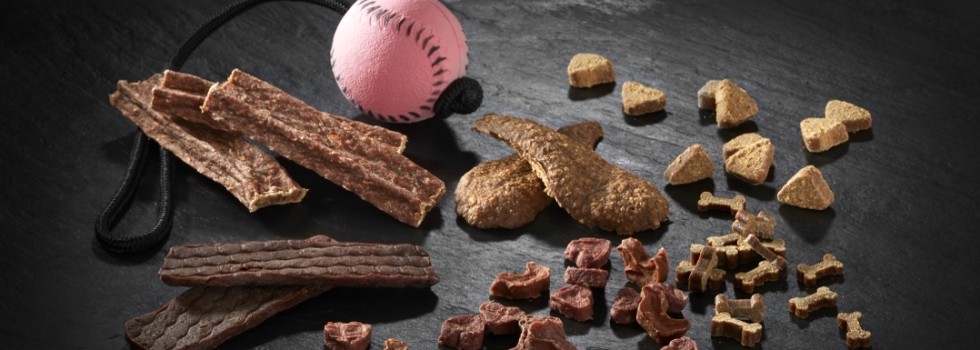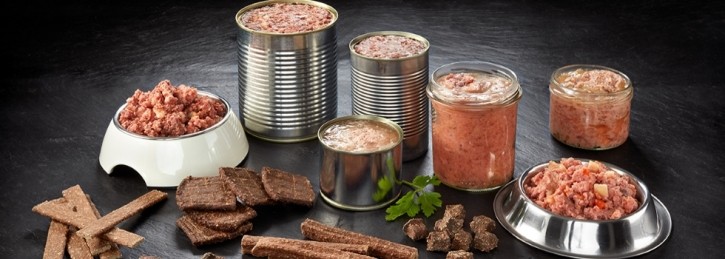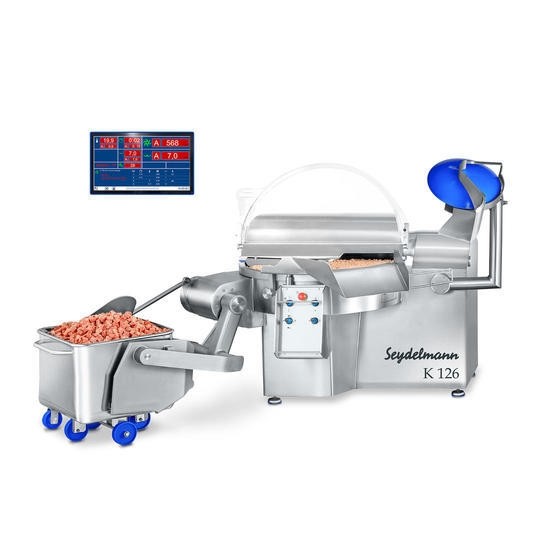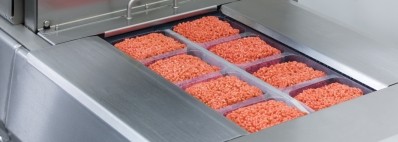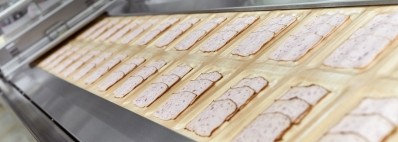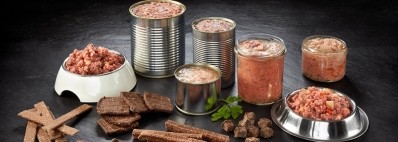Promotional Features
Streamlining pet food production in an inflationary market
Worth a total £3.8bn in 2023, the UK’s pet food market has grown by a staggering £400m in just one year, up from £3.4bn last year. In particular, dog food as grown from £1.6bn to £1.84bn, while cat food has also surged from £1.27bn to £1.43bn.
Thirty-one per cent of households now own a dog, 26% own a cat1. However, UK Pet Food (formerly the Pet Food Manufacturers’ Association) points to a fall in the proportion of households owning a pet, down from 17.4m (62%) in 2022 to 16.2m (57% in 2023). As such, a lot of the value increase will be down to inflation, as pet food prices rise.
That said, the market is expected to continue to grow, with revenue forecast to see a CAGR of 2.77% annually between 2023 and 2028, according to figures from Statista.
UK Pet Food notes that prepared pet foods have become increasingly sophisticated, with pet owners looking to the pet foods they buy to enhance the health and wellbeing of their furry companions and seeking out added beneficial ingredients.
Indeed, pet owners are increasingly premiumising and ‘humanising’ their pets’ diets in line with their own focus on health and wellbeing. And with many new owners getting a pet for the first time in the past two years this trend has never been higher, with personalised subscriptions and life stage nutrition just two of the factors now influencing the market.
“There has been massive humanisation of dog food in terms of the product itself,” agrees Richard Watson, managing director at Reiser UK, which has seen demand for its equipment rise in line with the surging growth in the market. “Generally, as a society we are a lot more aware of our own health and there are lots of messages out there about eating healthily, for example. That has become very much a part of the pet food market as well; people are more educated, involved and want to know what is going into their pets’ food.
As a key player in providing equipment for the pet food industry, Reiser UK had already seen an upturn in the market prior to the Covid pandemic, driven by premiumisation and pet owners’ requirement for better foods, as well as a trend towards fresh or raw food diets, reveals Watson.
However, when the pandemic kicked in, this added another dimension to demand, with greater uptake of pet food subscription services. “So pet owners were buying increasingly online and getting, for example, four weeks’ delivery at a time for frozen or cooked meals,” he says. “That grew very rapidly and Reiser UK was in a good place to service the increased equipment needs. We were seen as a safe pair of hands because we understood what equipment pet food manufacturers needed and how they needed to handle their processes – and that was from smaller producers right through to the larger companies.”
He believes that some of the newer players in the market – which might have started out from very small beginnings but have grown with the booming trends – have helped to drive better quality across pet foods. And this, he says, will also have had an impact on how the established, more traditional suppliers perceive the market. “If we look at our customer base, they have all come from newer businesses as opposed to existing traditional businesses,” he says. “For example, newer players in the market are now sizeable businesses, but they have come from very small beginnings and grown into that. You wouldn’t class them as traditional pet food manufacturers as they are relatively new to the market, yet they have helped drive quality across the industry.”
Also, Reiser UK is often dealing with pet food businesses that might have started out in a niche way, but are taking their first steps towards a more automated process. “These companies don’t always know what their process needs to be, so we spend a lot of time working with them in our test centre in Milton Keynes, creating process methods with them, understanding their preparation processes, forming, temperatures and so on, so that this can be transferred into an automated process. We build it with them.
“That defines the machinery need as well and what size or type of equipment it needs to be.”
From start to finish
As a key player in providing equipment for the pet food market, Reiser can cover the whole gamut of equipment from preparation through processing to packaging. Machinery such as its Seydelmann grinders can handle raw food, jerky strips, soft chews, and shaped and dental treats, while the Seydelmann bowl cutters are suitable for pet food applications that require grinding, mixing and particle reduction, such as kibble, sausage treats and meat sticks.
The company’s Holac dicers can cube, shred or flake all types of pet food products and improve yields, with consistent size pieces, while its flexible slicers can be used to cut larger cooked meats and formed products into uniform slices, or extruded treats into smaller portions.
A wide variety of pet foods can also be handled on its Vemag portioners, linkers, formers, extruders and depositors. This includes grinding and portioning fresh product into chub packaging, and high speed production of sausage treats and meat sticks. Meanwhile various shape forming attachments can extrude a wide range of unique shapes, bars and meatballs.
As Watson points out, the Vemag’s ability to control portion and weights ensures consistency and reduces deviation, improving yield, thus reducing giveaway and saving its clients' money. “It’s about the consistency of the product they get that has become an important part of the line for our customers,” he says.
At the other end of the line, Variovac and Ross provide thermoforming and tray sealing packaging options, which offer diverse solutions for customers. And, with environmental considerations to the fore, the way in which the company’s Variovac thermoformers form and use packaging film is allowing users to bring down the gauge of the plastic in their packs, thus saving costs and improving their environmental footprint, explains Watson.
More recently, with ramped-up demand, the company’s range has grown, expanding its expertise in the pet food market. DJM Food Processing, a relatively new addition to Reiser’s portfolio, offers a low-pressure vacuum former that is particularly adept for handling small treats for pets and feeding into cook lines, ovens, or freezers, says Watson. The equipment can create a variety of shapes that can be changed on the forming plate for dog treats, for example.
As the pet food market has moved beyond the covid lockdowns, the surge in demand has calmed to some extent, but the CAGR forecasts cited above indicate continued solid growth in the next few years.
“We might start to see a bit of rationalisation,” says Watson. “In the current economic climate, subscription services for pet food may come under pressure. Yet pet owners are likely to consider their pets’ needs almost before themselves. They don’t see these more premium dog or cat foods as a luxury, necessarily. They consider them to be a necessity.”
For more details on Reiser’s processing and packaging solutions, or to enquire about a product trial at the Reiser customer test centre in Milton Keynes, contact fnyrfhx@ervfre.pbz
To see pet food production, using the Vemag system, click on video below:
Source
1 https://www.ukpetfood.org/information-centre/statistics/market-data.html
